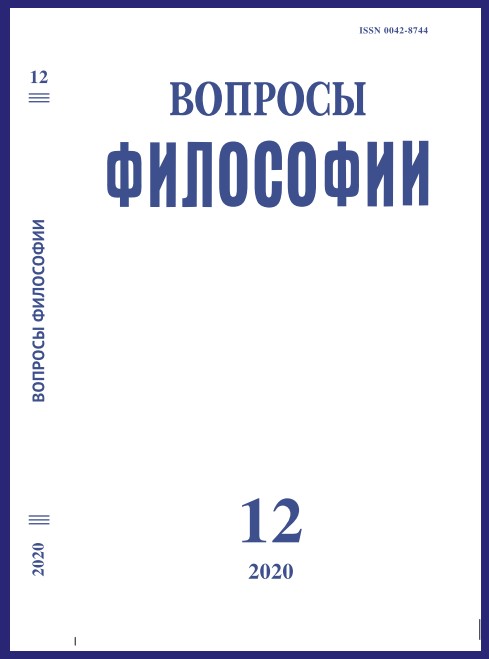From Normal Science to Revolutionary One and Vice Versa
DOI:
https://doi.org/10.21146/0042-8744-2020-12-148-152Keywords:
Thomas Kuhn, Max Weber, normal science, paradigm, social epistemologyAbstract
The article poses the question of which science, revolutionary or normal, is more in line with the concept of modernity. We consider the claims to the modernity of both types of sciences and substantiate the conclusion that revolutionary science can be understood as a situational response of scientists to the state of crisis of normal science. The author argues that revolutionary (at some given point in time) science again brings us back to the forgotten question of truth and reference. At first glance, it looks like a turn from technique and calculations, formalization and simplification to the world in itself, ontologically unified and independent of its presentations in certain paradigms. However, revolutionary science in its claim to turn from language to referent turns out to be a reminiscence of the archaic “Pythagorean attitude” (to “the discovery of true truth, the true being, and design of God” in the sense of M. Weber) and, in turn, does not relieve us of excessive abstractness, loss of connection with reality, and in this sense does not correspond to the concept of modernity. Science is technicized, formalized, quantified, digitalized, and receives an increasingly complex conceptual description, almost unrelated to natural “life-world” ontologies and realities.

